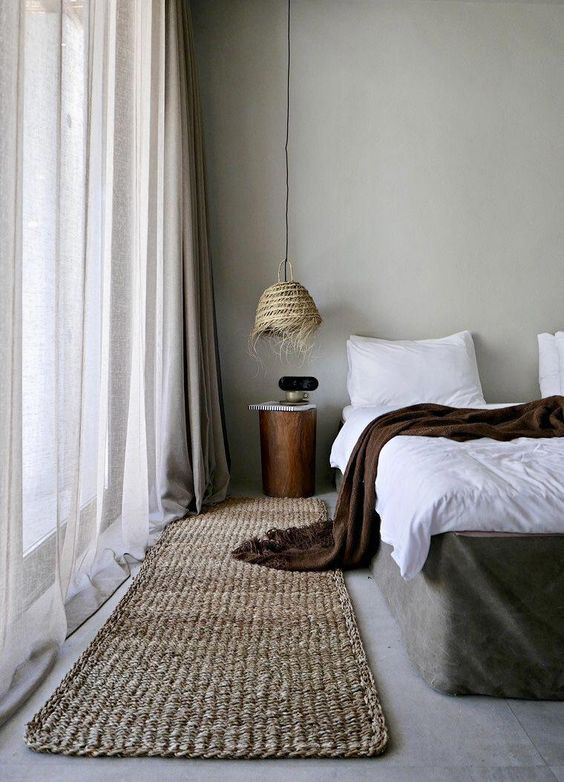What is Form and Function In Scandinavian Design?
In this article, we'll share an essential element of Scandinavian Design with you. It’s called 'form and function.' By the time you finish reading, you’ll be able to create a practical yet minimalist living room or office! Let’s get to it!
Our calming Danish Beach Poster, perfect for Scandinavian interiors!
First of all, what are the elements of Scandinavian Design?
Have you ever wondered what the secret to Scandinavian Design is? It's a minimalist approach to making your space feel cozy. Minimalism is at the core of Scandinavian Design. It upholds the simplistic beliefs that so many Scandinavians treat as essential to the way they design their interiors. But why? To understand that a bit more, let's imagine spending a cold, dark, winter in Scandinavia.
During the six month winter in Scandinavia, there is little daylight. To find comfort in being inside so much, Scandinavians design their spaces with organic materials and patterns to add a touch of nature. The color schemes are more neutral, which creates a calming effect. The order behind these practices has to do with the practicality of the objects use - the aesthetic appeal comes afterward.
What does 'Form Follows Function' mean?
You've most likely heard the phrase, 'form follows function.' It is a philosophy stating that the usefulness of a product, object, or building should be created first to serve a practical function. The 'form follows function' principle also proposes that the aesthetic aspects should be shaped around the usefulness of your object.
It’s a mantra for many designers, architects, and artists. At the point of creating, most consider the function of their creation and how it can improve its users' life. In art, it can be conveying the artists' emotion through their works. Long before form and function became associated with Scandinavian Design, Scandinavians have been putting the purpose of their design first - the form naturally followed.
Here is a guideline to understanding form and function:
FORM is concerned with the aesthetic, emotional aspects of design. Additionally, 'form' is how an object communicates a brand or cultural meaning. In design, this generally means your emotional connection with an object's design.
FUNCTION asks questions that relate to usefulness, how it works, or how an object interacts with its environment. Think about not only an objects' use, but also consider what it takes to maintain it.
So, which comes first?
There is an ongoing debate of which comes first, form or function, or vice versa. That is an interesting debate to have over coffee with friends who enjoy design. The important take-away from such a discussion is that form and function go hand in hand. As a reminder, ask yourself, "how will that improve my room?"
Who coined 'form follows function'?
The phrase, "form follows function," was coined by American architect, Louis Henry Sullivan (1856-1924). The actual quote, "form ever follows function," was the central focus for Sullivan's architectural designs. He believed that objects in nature have a form, a purpose which is of its own. As his plans were practical in their function, Sullivan's signature touch was to add ornate natural fixtures and arches to his buildings.
Adding Form and Function to Your Space
If you're ready to have a go at applying the concept of 'form follows function' in your space, here are four useful tips to get started:
Space - create a minimalist feel by clearing your space of clutter. Ask yourself, "how can this object improve my space?"
Light - Yes, lighting is vital to see what you're doing. Lighting can also have a positive effect on our psychological well-being, especially during the dark winter months.
Color - Take the time to research the right colors for your space. Remember that with neutral wall colors, you have more options to create a clean, simple look to your space.
Emotion - Naturally, you should feel inspired by your living space. That is why it is crucial to understand what type of message that your room communicates. Ask yourself, whether or not your space communicates your intentions, or how does this space, or object make me feel?
And here’s our Golden Pampas Poster!
Once you've decluttered your space and have begun to apply these simple reminders take a look at our Minimalist posters at Project Nord! Lastly, as the purpose of your living room may change to accommodate the season or your new minimalist lifestyle, so keep an open mind and have a little fun!
Written by George McFarley III
Images sourced from Pintrest and the Project Nord website.




